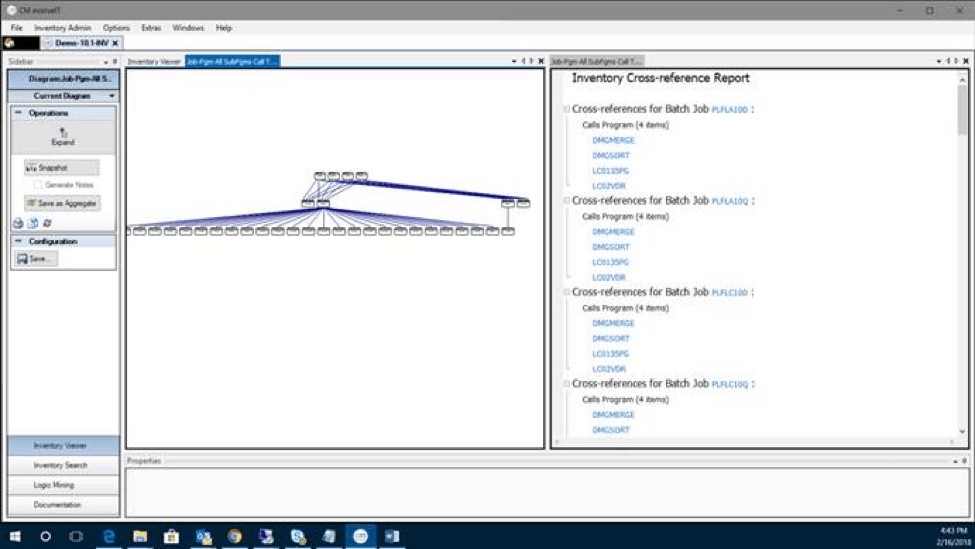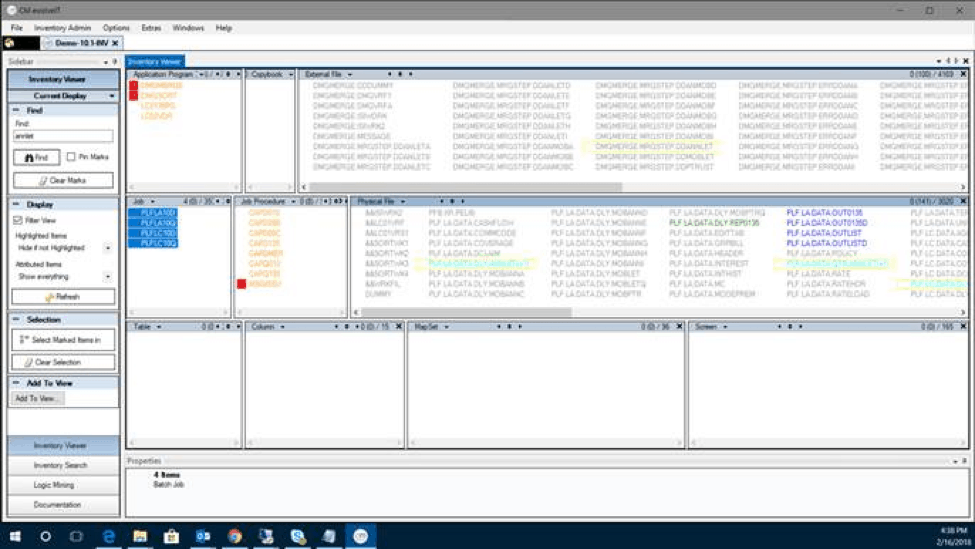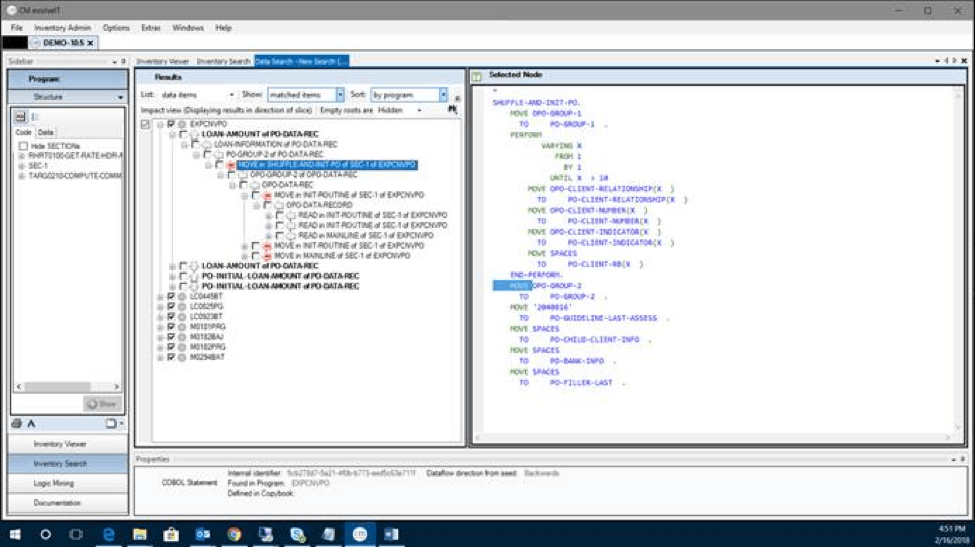
Business Rules Automation Comes to the Rescue
It’s estimated that 10,000 Baby Boomers retire every day.
Among them are a lot of mainframe experts, the very people companies rely on to keep their major production systems running. Although a few schools and some companies have taken on the challenge of training the next generation, the attraction of other platforms and challenges like Cloud and mobile draw newcomers away from the mainframe space. Many executives are turning instead to contractors to replace or supplement their developers.
Even the best contractor faces a major productivity hurdle; understanding a new and unfamiliar code base that is likely not well-documented. While some coding languages purport to be ‘readable,’ in reality, without a lot of embedded comments and some external documentation, it can be very difficult for someone to come in and safely modify, delete or add to existing programs. You could have the newbie read what documentation there is and try reading through the code, but it’s not a quick process. How can you get quicker value from a new resource?
Subject Matter Experts Manage Business Rules
First, you really have to have a subject matter expert (SME) on hand to give an overview of critical business functions, the way things are organized, where the files are and most importantly, to provide fast, expert input. Yet, the SME’s ability to train may be limited. First, you got a contractor in because there was too much work for the existing staff. How much time is available for training and mentoring? Second, the SME may also still be in learning mode on some aspects. In many development groups, the understanding of the underlying business rules is missing.
Code is typically developed over many years by a succession of developers, each with their own level of expertise and understanding of the business objective. Almost any code is rife with technical debt; code that is no longer executed, functions poorly or is simply written in a way to make it difficult to understand. This adds to the challenge.
Where Business Rules Automation Comes In
So what else can you besides mentor new people? The answer is an automated solution that can clearly document and display the way the code flow actually works, allowing anyone to quickly determine which code fragment must be changed and then to remap the flow in a test environment to ensure it still flows correctly. The capabilities offered in CM evolveIT, while incredibly valuable to experienced resources, is also one of the best ways to provide visual documentation of the code base to a new developer.
First up is vital documentation, accurate to the minute. Drill down to the most minute detail on the flow of a job or transaction and create reports, as needed. With the way this is designed, it can be a fast way to gain familiarity with an application.
Another important factor is understanding all the assets involved in an application. When you know the files and databases involved, you have a clearer view of the demands an application places on the system.
It’s also important to understand the impact of making changes and CM evolveIT comes through here as well.
There’s much more, but it’s easy to see that both new developers and old-timers can get a lot of benefit out of this product. It gives you unprecedented insight into your applications with compiler-like accuracy. And did I mention that you can get this information fast?
Denise P. Kalm
CM evolveIT
To learn more about CM evolveIT, visit the product page or download our white paperCapturing Business Rules in COBOL Systems.





